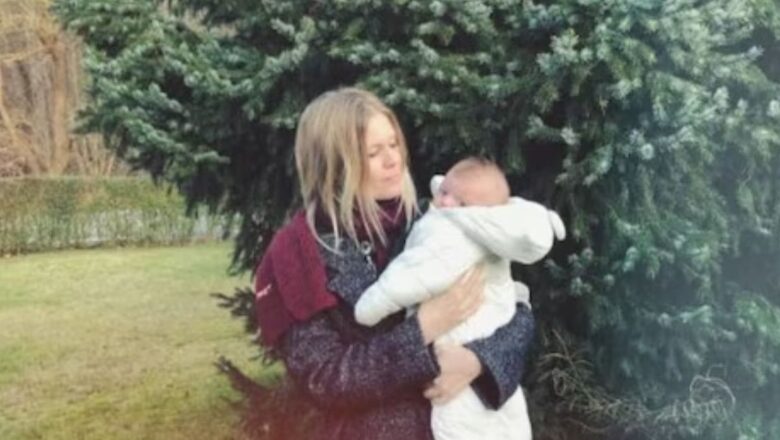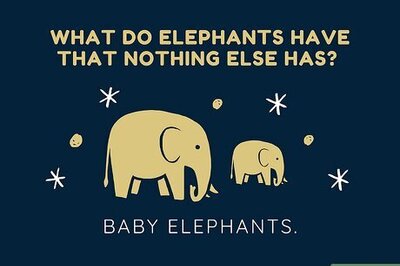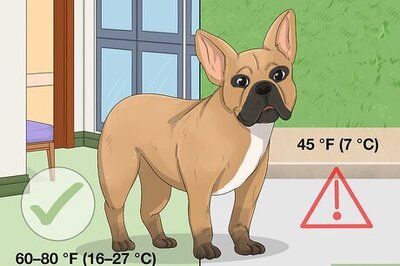
views
In Denmark, Finland, and other Nordic nations, witnessing a newborn peacefully napping outside in the cold isn’t cause for concern. It’s a longstanding custom in Scandinavia for babies to sleep outdoors, regardless of the weather—a tradition that has endured across generations. While this practice may seem unconventional to some, it has been widely embraced for years, and there are numerous benefits associated with it. The belief underlying this tradition is that a child’s development significantly benefits from exposure to nature and fresh air, leading to the practice of allowing babies to nap outside in strollers or cribs.
Before implementing outdoor napping, caregivers take the time to assess the weather and appropriately dress the infant. Scandinavia experiences a wide range of weather conditions, from hot, humid days to bitterly cold snowfall, but several time-honoured customs make this tradition manageable.
This is so interesting! Imagine just leaving your kid outside to nap while you go about your business, unbothered. Wow. pic.twitter.com/Ehqg32Mjoj— Alma (@AlmaChronicle) September 27, 2022
In Scandinavia, the use of strollers, known as ‘prams,’ is prevalent, offering substantial weather protection and insulation due to their size. Sheepskin is commonly used to insulate the baby’s underside in a pram.
During winter outings, babies are snugly dressed in a ‘flyverdragt,’ an all-in-one, waterproof, and thermal zip-up suit. To eliminate the need for a scarf, they are also equipped with a warm thermal balaclava covering their head and neck, along with waterproof thermal gloves.
In the summer, infants are shielded from direct sunlight, dressed lightly, and positioned to enjoy a gentle breeze. For this season, options like a car seat cover, blanket, or muslin swaddle are deemed suitable.
The enduring nature of this tradition highlights the cultural significance attached to it in Nordic societies. While it may initially seem unusual to those unfamiliar, the practice showcases a deep-rooted belief in the positive impact of outdoor exposure on a child’s well-being.















Comments
0 comment